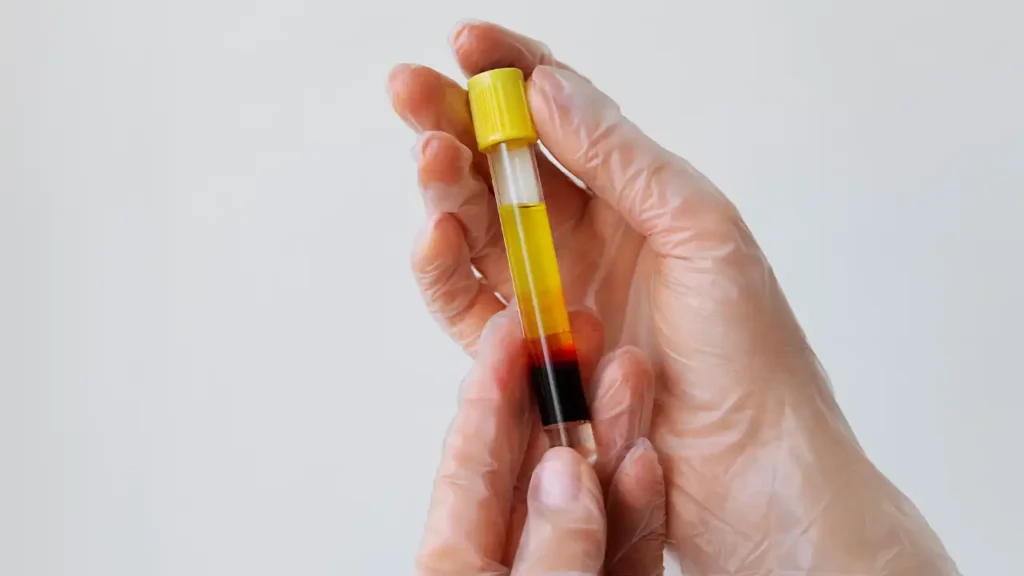Cryo-Poor Plasma

When whole blood is separated into different parts, each component serves a different purpose. We often hear about red cells, platelets, and plasma, but one lesser-known product is Cryo-Poor Plasma (CPP). Though less popular, CPP has important medical applications and plays a supporting role in patient care.
Unlike blood components (such as plasma, platelets, or red cells), whole blood contains all essential elements—red cells, white cells, platelets, and plasma—making it a powerful gift for patients in urgent need.
What Is Cryo-Poor Plasma?
Cryo-Poor Plasma (also called Cryo-Supernatant Plasma) is the plasma that remains after Cryoprecipitate (Cryo) has been removed from Fresh Frozen Plasma (FFP).
While it contains less fibrinogen and clotting factors than FFP, it still has many useful proteins, albumin, and other factors that can be life-saving in certain conditions.
When Is CPP Used?
Thrombotic Thrombocytopenic Purpura (TTP)
Plasma exchange therapy for certain autoimmune diseases
Patients needing plasma volume support without extra clotting factors
Research and diagnostic purposes in specialized labs
Your Role as a Donor
Every time you donate blood or plasma, multiple components are prepared—red cells, platelets, FFP, Cryo, and CPP. Even CPP, often considered a “by-product,” becomes a valuable treatment option for patients with rare conditions.
At Jeevan Rekha Hospital Blood Centre, we ensure that every drop of your donation is utilized wisely, including Cryo-Poor Plasma, so that patients benefit in every possible way.
